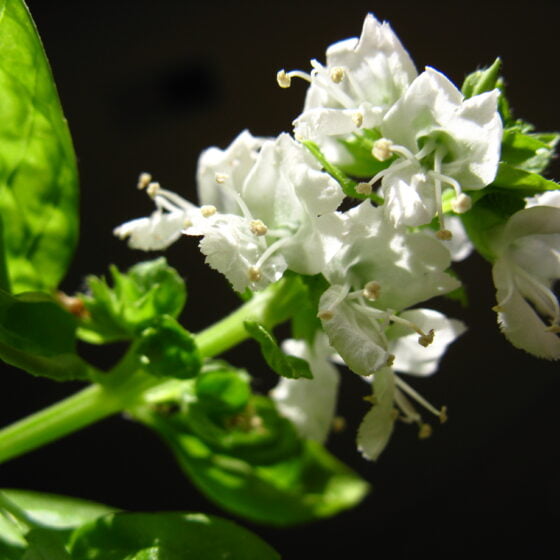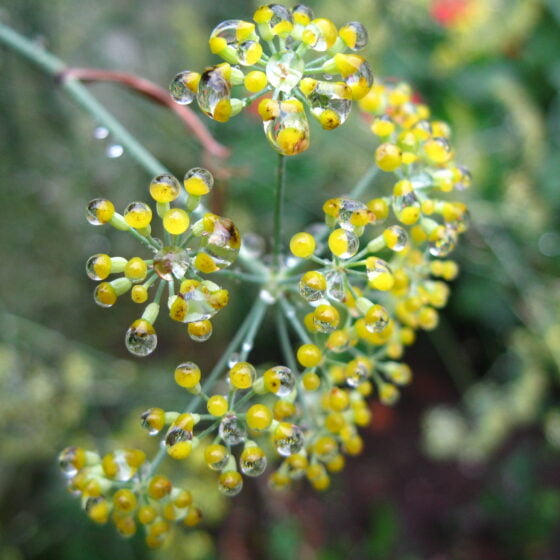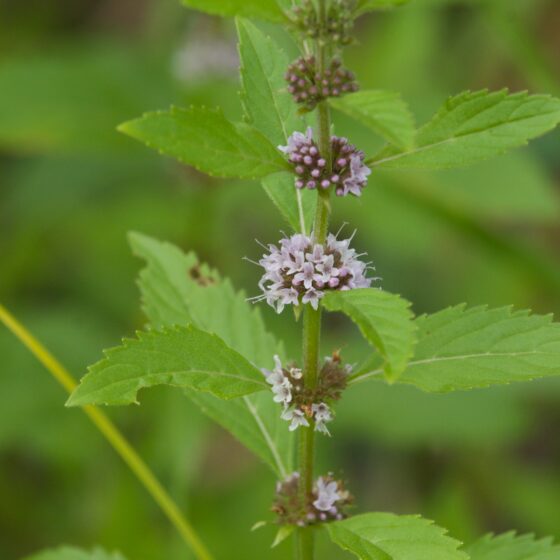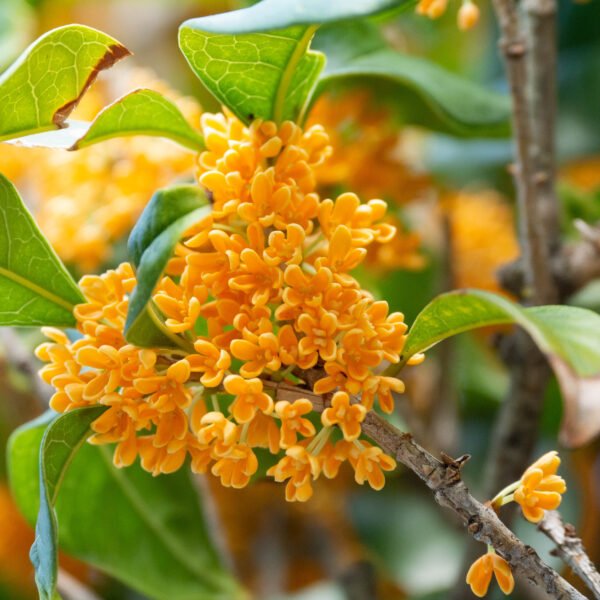
Lavandin grosso ORGANIC France
Lavandula x intermedia ‘Grosso’
General data
Harvest Calendar
- J
- F
- M
- A
- M
- J
- J
- A
- S
- O
- N
- D
Product details Our added value
We collaborate with several farmers-processors and cooperatives in Provence.
Through the Givaudan Foundation, we collaborate with the CRIEPPAM to improve the understanding of the life cycle of the cecidomyia’s (midge), one of the main pests of lavender and lavandin. We are also collaborating with the ITEIPMAI in its program to develop a turnkey tool to monitor the agronomic effects of water stress in the lavender and lavandin fields.
The organic certification on this product guarantees climate and environment protection, conservation of soil fertility, preservation of biodiversity, respect of the natural cycles of the plants, absence of use of chemical and synthetic products, and guarantees transparent labelling for consumers and traceability.
Fragrance side
Lavandin grosso essential oil has long been used in fine perfumery and room fragrances and is often used in men’s scents. It is also appreciated for its strong camphor character and the hay notes it adds to compositions
Well-being side
Air sanitizing, soothing for the skin and body, skin tonic, regenerating, restful sleep.
*The aromatherapy properties in this document are excerpted from reference books, scientific articles, or specialized websites and are provided to customer for its information and internal use only. Claims on a finished product remain the responsibility of the company making the finished product available on the market. About
Lavandin grosso is the result of a spontaneous cross between true lavender and spike lavender. The color of its flowers ranges from the intense bluepurple of true lavender to the grayer shades of the spike lavender. Lavandin grosso began being cultivated for its essential oil before World War II. Once used simply to cut the essential oil of the nobler true lavender, lavandin grosso essential oil has now effectively established its own olfactory identity.
Lavandin grosso is generally harvested in August. The tops are mechanically reaped, then chopped by a forage harvester. Lavandin grosso is distilled in a truck box. This technique was invented in the 1990s to increase productivity and entails roughly crushing the botanical raw material and ensiling it in a truck box. Distillation takes place immediately after the harvest, in the same truck box in which it was collected, with no intermediate handling.
Our added value
We collaborate with several farmers-processors and cooperatives in Provence.
Through the Givaudan Foundation, we collaborate with the CRIEPPAM to improve the understanding of the life cycle of the cecidomyia’s (midge), one of the main pests of lavender and lavandin. We are also collaborating with the ITEIPMAI in its program to develop a turnkey tool to monitor the agronomic effects of water stress in the lavender and lavandin fields.
The organic certification on this product guarantees climate and environment protection, conservation of soil fertility, preservation of biodiversity, respect of the natural cycles of the plants, absence of use of chemical and synthetic products, and guarantees transparent labelling for consumers and traceability.
Fragrance side
Lavandin grosso essential oil has long been used in fine perfumery and room fragrances and is often used in men’s scents. It is also appreciated for its strong camphor character and the hay notes it adds to compositions
Well-being side
Air sanitizing, soothing for the skin and body, skin tonic, regenerating, restful sleep.
About
Lavandin grosso is the result of a spontaneous cross between true lavender and spike lavender. The color of its flowers ranges from the intense bluepurple of true lavender to the grayer shades of the spike lavender. Lavandin grosso began being cultivated for its essential oil before World War II. Once used simply to cut the essential oil of the nobler true lavender, lavandin grosso essential oil has now effectively established its own olfactory identity.
Lavandin grosso is generally harvested in August. The tops are mechanically reaped, then chopped by a forage harvester. Lavandin grosso is distilled in a truck box. This technique was invented in the 1990s to increase productivity and entails roughly crushing the botanical raw material and ensiling it in a truck box. Distillation takes place immediately after the harvest, in the same truck box in which it was collected, with no intermediate handling.
Other type of extracts
(Aromatic)







